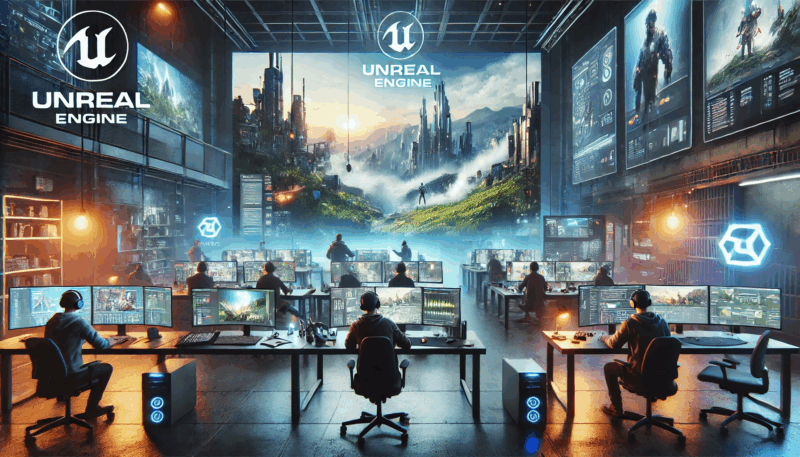

Virtual Reality (VR) has become one of the most discussed and promising technologies in the gaming industry. With its potential to deliver a fully immersive experience, VR offers the opportunity for players to step inside digital worlds like never before – just like gamechampions does in the casino market. But while the technology has made strides in recent years, the question remains: Are we truly ready for full immersion in gaming? This article delves into the current state of VR, the challenges it faces, and whether the gaming world is prepared for this next evolution.
The Promise of Full Immersion
The idea of full immersion in gaming is tantalizing. Imagine being able to completely escape into a virtual environment where all five senses are engaged, and the line between the digital and physical world blurs. The potential applications of VR extend beyond just traditional video games. From simulation training for professionals to social experiences in virtual worlds, the possibilities are endless.
In the gaming industry, VR has the capacity to revolutionize how we interact with content. No longer confined to a screen, players can physically move through a game, manipulate objects, and even communicate with other players in a way that feels more natural than ever. The dream of being “inside” the game has never been closer to reality.
Current State of Virtual Reality in Gaming
Today’s VR gaming technology is more advanced than ever. Headsets like the Oculus Quest 2, PlayStation VR, and HTC Vive offer increasingly high-quality visuals, motion tracking, and immersive sound. Coupled with powerful gaming systems and increasingly sophisticated VR games, the stage seems set for a gaming revolution.

However, despite the advancements, we’re still in the early stages of VR gaming. Many games are relatively simple in terms of mechanics and storytelling compared to traditional console or PC games. Additionally, the hardware required for a seamless VR experience can be expensive, limiting accessibility for many gamers.
Moreover, VR gaming can come with certain physical limitations. Motion sickness is a common issue, especially for players not accustomed to VR. The disconnection between what the brain sees in the game and what the body feels in the real world can lead to nausea, dizziness, and fatigue, making extended gameplay difficult for some users.
Barriers to Full Immersion
While the promise of VR is exciting, achieving full immersion comes with significant challenges. One major hurdle is hardware. For a truly immersive experience, the technology needs to evolve beyond just visual and auditory engagement. Full immersion would require feedback for all the senses—touch, smell, and even taste. Current technology is far from delivering this level of sensory involvement.

In addition to sensory engagement, the issue of movement presents another barrier. While VR headsets can track head and hand movements, full immersion would require the ability to walk, run, and interact with the virtual world in a seamless way. Without sophisticated motion-tracking equipment and spacious play areas, this remains a distant goal.
The Future of VR and Gaming
So, are we ready for full immersion? In many ways, the answer is both yes and no. While VR technology has come a long way, the gaming world is not yet fully prepared for the demands of a completely immersive experience. We are on the right path, and as technology continues to improve, the dream of full immersion may soon become a reality.
In conclusion, full immersion in gaming may still be a few years away, but the foundation is being laid today. As technology evolves and the industry continues to push the boundaries of what’s possible, gamers around the world can look forward to an exciting future of virtual reality.












